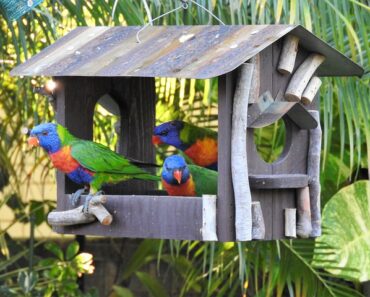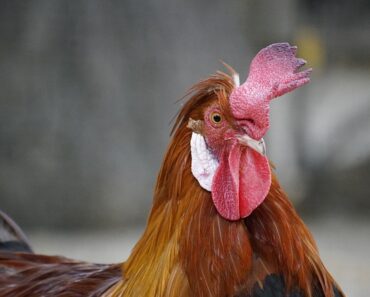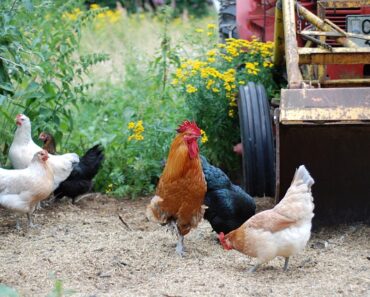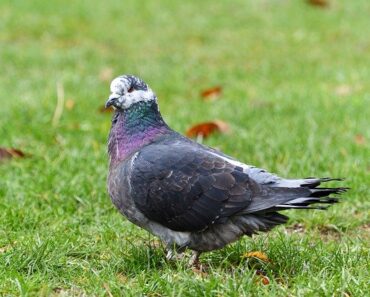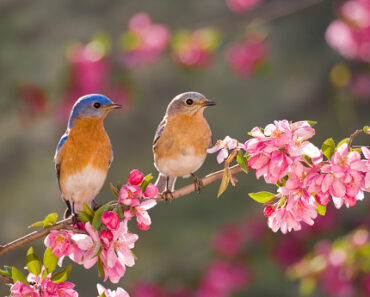
The birdcage must be chosen with care because it is the major equipment when you wish to raise a species for which an aviary is not absolutely essential, or even not recommended. It must be practical, adapted to the needs of the birds, and of course secure. Here are the main criteria for choosing a cage for birds.
The ideal size of a bird cage
In order to allow the birds to evolve as they wish, for their pleasure but also to keep them in good health, it is fundamental to offer them a cage perfectly adapted in terms of dimensions. This criterion must also be evaluated according to the number of individuals you wish to raise. In the same way, it is necessary to choose a very specific model when one wishes to adopt a pair of birds so that they can reproduce. Moreover, raised in pairs, the birds will not suffer from loneliness.
The standardized dimensions listed below are given in this way: Height x Length x Width (or depth).
40 x 20 x 30 cm: suitable for a single small specimen,
30 x 40 x 50 cm: recommended cage size for an individual of the Inseparable type knowing that solitude is not beneficial to this species,
60 x 40 x 50 cm: enough for a couple of small birds such as canaries or inseparable,
40 x 40 x 45 cm: minimum required for one couple of small parakeets,
50 x 70 x 70 cm: only suitable for a single high parrot,
150 x 50 x 60 cm: dimensions allowing for example a couple of large parakeets or Gabon Grey to have a sufficiently spacious cage.
One should not fall into the error of thinking that the bigger the cage, the better. A small bird raised alone may feel lost in a cage that is too large.
Note that you can buy a new cage in a pet shop or look for a second hand cage by looking through the classified ads. For species of birds that fly horizontally, it is recommended to buy a cage that is longer than it is wide. On the other hand, for other species, it is better to choose a high cage as it is the case for parrots, for example.
If possible, a birdcage equipped with handles, very useful to facilitate its movement, is preferred.
The different types of cage materials
Bird cages are available in glass, plastic and metal. Metal is an interesting material because it cleans well. We forget about plastic, which can be quickly damaged by birds. As for glass, which implies solid walls, it is interesting for example for the bottom walls to shelter the birds from draughts. This material also cleans very well. For a cage that is installed inside, metal is a very good choice.
Ease of maintenance
To protect its birds from diseases and parasites, their cage must be cleaned very regularly. This also avoids having to endure bad smells. This is why the cage must be easy to dismantle completely and only a model with a removable bottom is selected.
The opening-closing systems
We check that the flap(s) cannot be opened by birds. Some species are endowed with an astonishing intelligence, as it is for example the case of parrots! The openings must also be wide enough to allow the breeder to insert a hand without difficulty.
The type of bars
There are bird cages with horizontal bars and others with vertical bars. Here again, aesthetics should not be the first criterion of choice. On the contrary, the needs of the birds to be housed in the cage must be taken into account. Vertical bars are preferable for parakeets, parrots, mainates, cockatoos or macaws. We take this opportunity to check the diameter of each bar, which should not be too large as this could lead to joint problems in the fingers of the climbing birds.
Smooth bars are preferable because, unlike grooved bars, they are less likely to cause injuries to fingers and claws.
Finally, the spacing between the bars is very important because if the spacing is too large, small birds will have no problem escaping. Note that if the cage walls are screened, the diameter of the mesh should be considered in the same light. Also be careful when birds tend to stick their head outside the cage. If the bars (or the mesh) are poorly adapted, there is a high risk of strangulation.
Birdcage: what about the aesthetic aspect?
Some cages with pretty curves or others rather pointed are not always adapted. It is recommended to give preference to a rectangular or possibly square cage. Some are fixed to a central foot, others are round, others are placed on a tripod and are vintage style… Let’s say that for a couple of canaries, it is possible to fall for a cage with an elaborate shape, more decorative than the average. No matter the look! A birdcage must be adapted to its occupants before it can be aesthetically pleasing.
We therefore take into account the criteria that are essential to the needs of the species we wish to accommodate. Pet stores are very well stocked in this field and every amateur can find the appropriate model of birdcage after having taken care to inquire with a specialist generally available to customers.
Accessories for caged birds
Some accessories can be picked up in nature, such as those of plant origin. This is for example the case of branches that can be used as perches. You can even, if you are a bit of a handyman, make a small bird swing, a nest or a perch.
Of course, anything that can be used to equip a cage can be bought in dedicated stores. This is the case for nests, nesting boxes, feeders, drinkers, perches, small basins for bathing, specific toys that are for example very appreciated by parrots…
The budget to devote to a birdcage obviously depends on the model, brand, material and dimensions. Some are sold empty, others are fully equipped with indispensable (but sometimes also useless) accessories. The range is therefore very wide, since it is necessary to count 30 $ for a small basic model and from 350 $ for an XXL model, knowing that a sophisticated cage can even cost more than 500 $.


